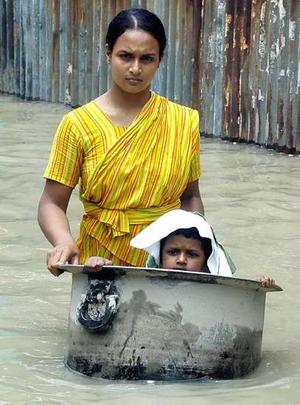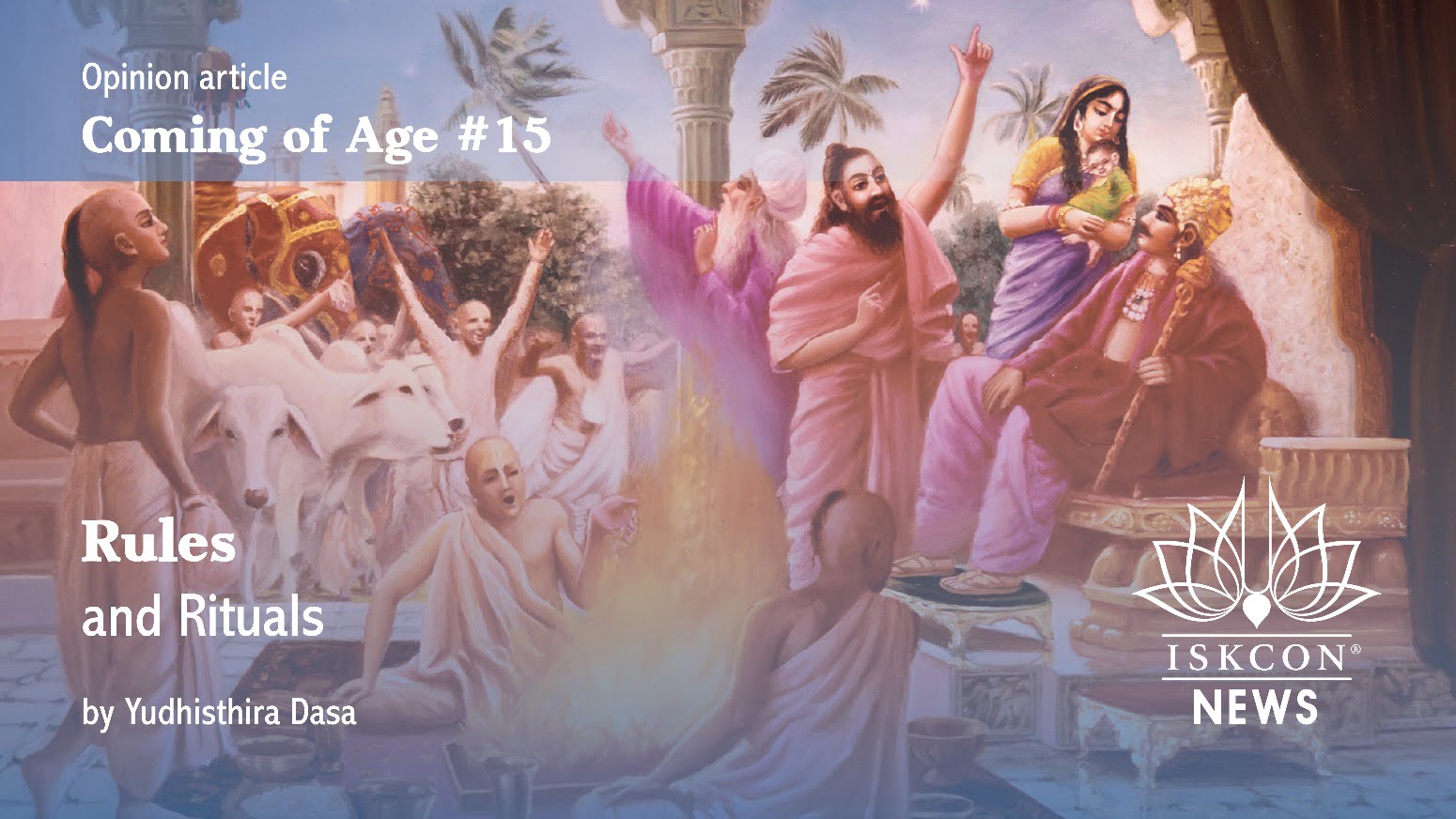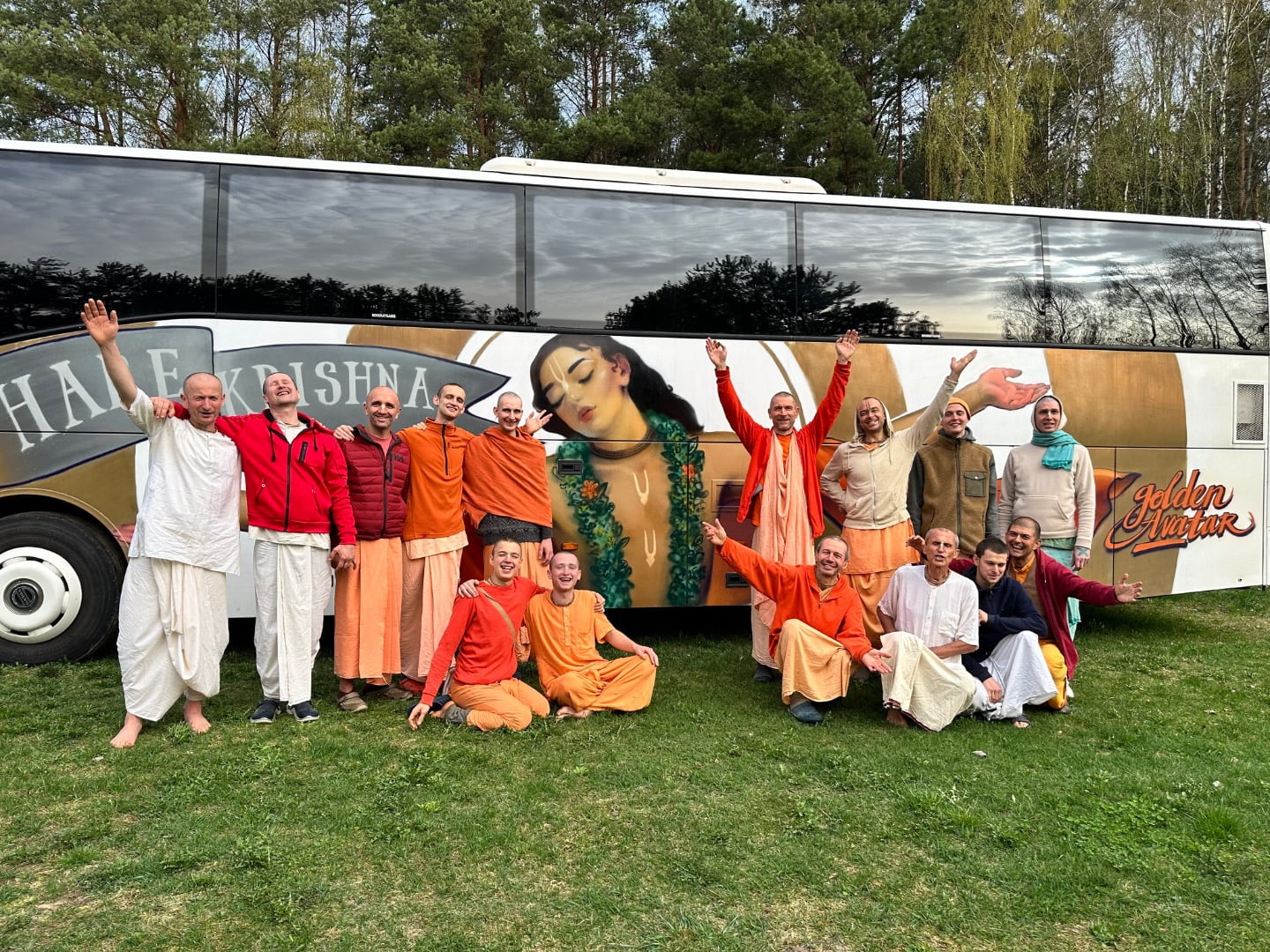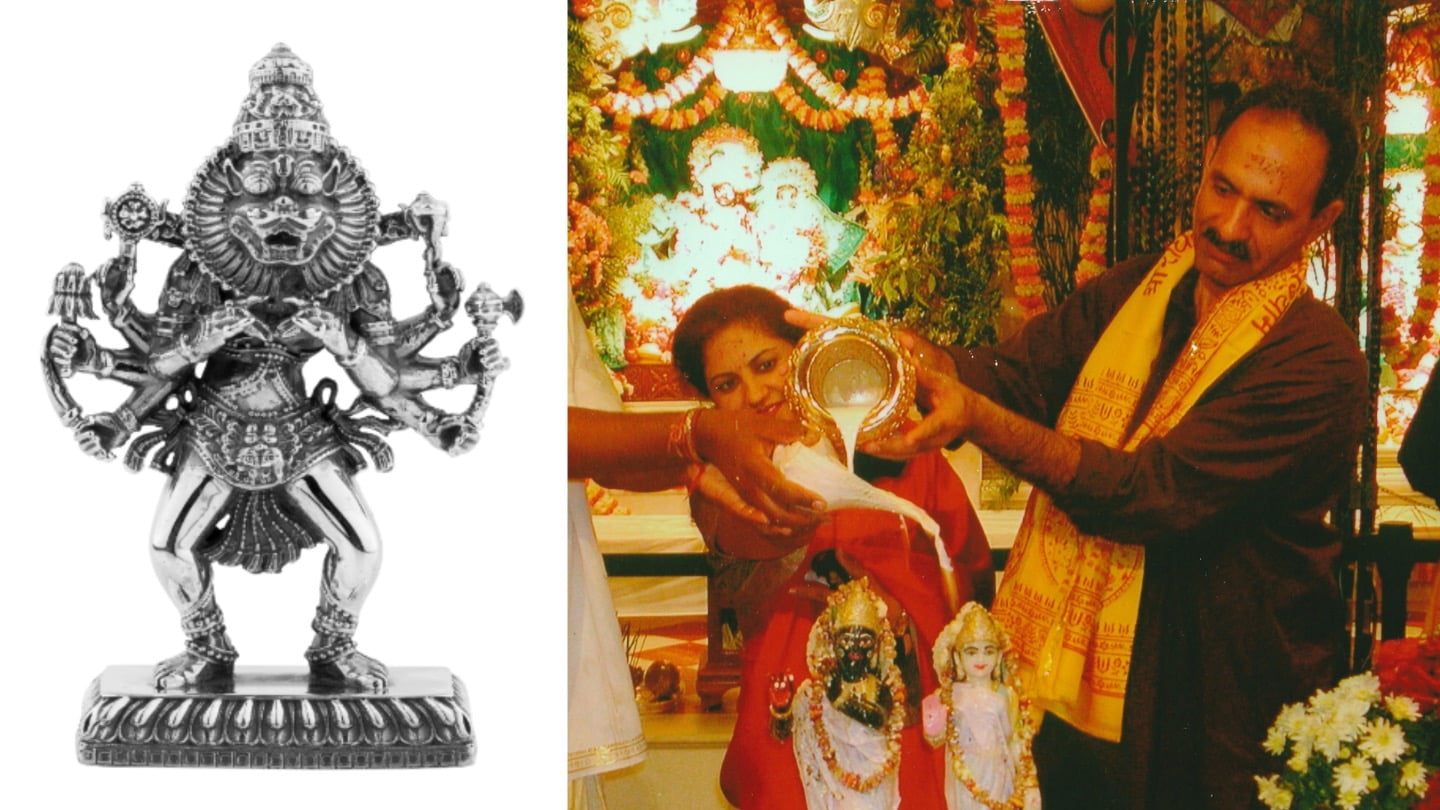Should ISKCON Devotees Observe Chaturmasya?
By Madhava Smullen | Aug 14, 2010

As we come into August, we are entering the second month of Chaturmasya (literally “four months”), a ‘vratam’ or vow traditionally observed for the four lunar months of Sravana, Bhadra, Asvina, and Kartika—approximately July/August through October/November.
But what do we know about Chaturmasya? Unlike Ekadasi, the bi-weekly fast sacred for Vaishnavas, it doesn’t seem to be observed rigorously by ISKCON devotees, and not everyone is even clear on what it is.
Is it a fast strongly recommended by our scriptures, or just an excuse to grow a beard? Is it an important spiritual process or just an unnecessary ritual? Should ISKCON devotees observe it? And if so, how?
Gaura Keshava Dasa, who has performed installation ceremonies for many ISKCON Deities around the world, and has studied Vaishnava ritualism and Pancaratra Agama with members of the Gaudiya, Sri and Madhva Sampradayas, explains that Chaturmasya’s origins are older than time itself: It is the period of Lord Vishnu’s sleep in this universe between Sayana (laying down) and Utthana (getting up) Ekadasis.
The history of observing it also goes far back—the Vana Parva of the ancient Indian epic Mahabharata describes that the five Pandava brothers, great devotees of Krishna, followed it at the sacred place of Gaya some 5,000 years ago.
“In modern times, all Hindus and Vaishnavas from all lines accept this vratam, although it is traditionally only obligatory for Sannyasis, or renunciants, to observe it,” says Gaura Keshava. “And some of the ways they do so are very interesting. For example, during the four months of the monsoon season in India, when Chaturmasya is observed, there is a proliferance of insects and other tiny living creatures in the soil, causing them to often get stepped on and killed. Since sannyasis practice ahimsa, or non-violence towards all living beings, they take a vow to stay in one place for this four month period to avoid any harm to these small creatures.”
In ISKCON, at least those devotees aware of it were observing Chaturmasya by 1974. And its founder Srila Prabhupada confirmed the practice with his usual crystal clarity in 1975 in the Sri Chaitanya Charitamrita, going a step further than other Vaishnava lines.
“Chaturmasya should be observed by all sections of the population,” he wrote. “It does not matter whether one is a grihasta [householder] or a sannyasi [renunciant]. The observance is obligatory for all ashramas.”
He also explained how to observe the vow: “This is not very difficult,” he wrote. “In the month of Sravana one should not eat spinach, in the month of Bhadra one should not eat yogurt, and in the month of Asvina one should not drink milk. One should not eat fish or other nonvegetarian food during the month of Kartika. Similarly, masura dhal and urad dhal are also considered nonvegetarian. These two dhals contain a great amount of protein, and food rich in protein is considered nonvegetarian.”
Srila Prabhupada even gives precedence to the practice of growing a beard. “Under the chaturmasya vow the candidate does not shave for four months during the year (July to October), he does not eat certain foods, does not eat twice in a day or does not leave home,” he writes in the Bhagavad-gita As It Is.
Of course, as with all Vaishnava practices, the main goal of Chaturmasya is to decrease attachment to material things and to increase devotion to Krishna.
“The real purpose behind the vow taken during these four months is to minimize the quantity of sense gratification,” Prabhupada explains in the Chaitanya Charitamrita. “On the whole, during the four-month period of Chaturmasya one should practice giving up all food intended for sense enjoyment.”
Gaura Keshava admits, “Observing Chaturmasya is not very important in terms of Krishna bhakti or Gaudiya Vaisnavism.”
And Prabhupada confirms this in his purport to Bhagavad-gita 4.28, in which he discusses the various types of austerities, charitable activities, and mystic yoga.
“All these yogis are faithfully engaged in different types of sacrifice and are seeking a higher status of life,” he writes. “Krishna consciousness, however, is different from these because it is the direct service of the Supreme Lord. Krishna consciousness cannot be attained by any one of the above-mentioned types of sacrifice but can be attained only by the mercy of the Lord and His bona fide devotees. Therefore, Krishna consciousness is transcendental.”
The conclusion is that while Chaturmasya is not the foremost element of Vaishnava practice, it is still important. “Srila Prabhupada asked us to follow at least the four simple food prohibitions—fasting one month each from spinach, yogurt, milk, and dhals,” says Gaura Keshava. “Where is the problem?”














